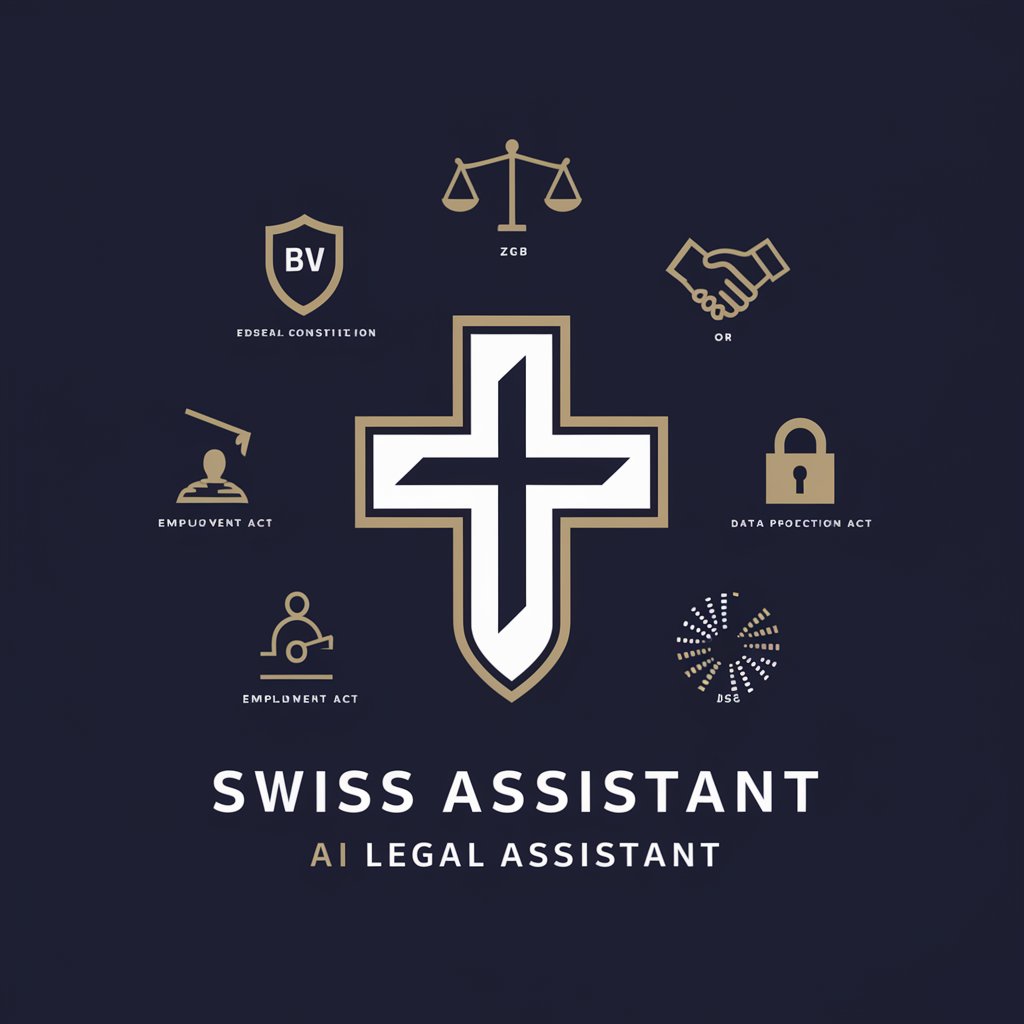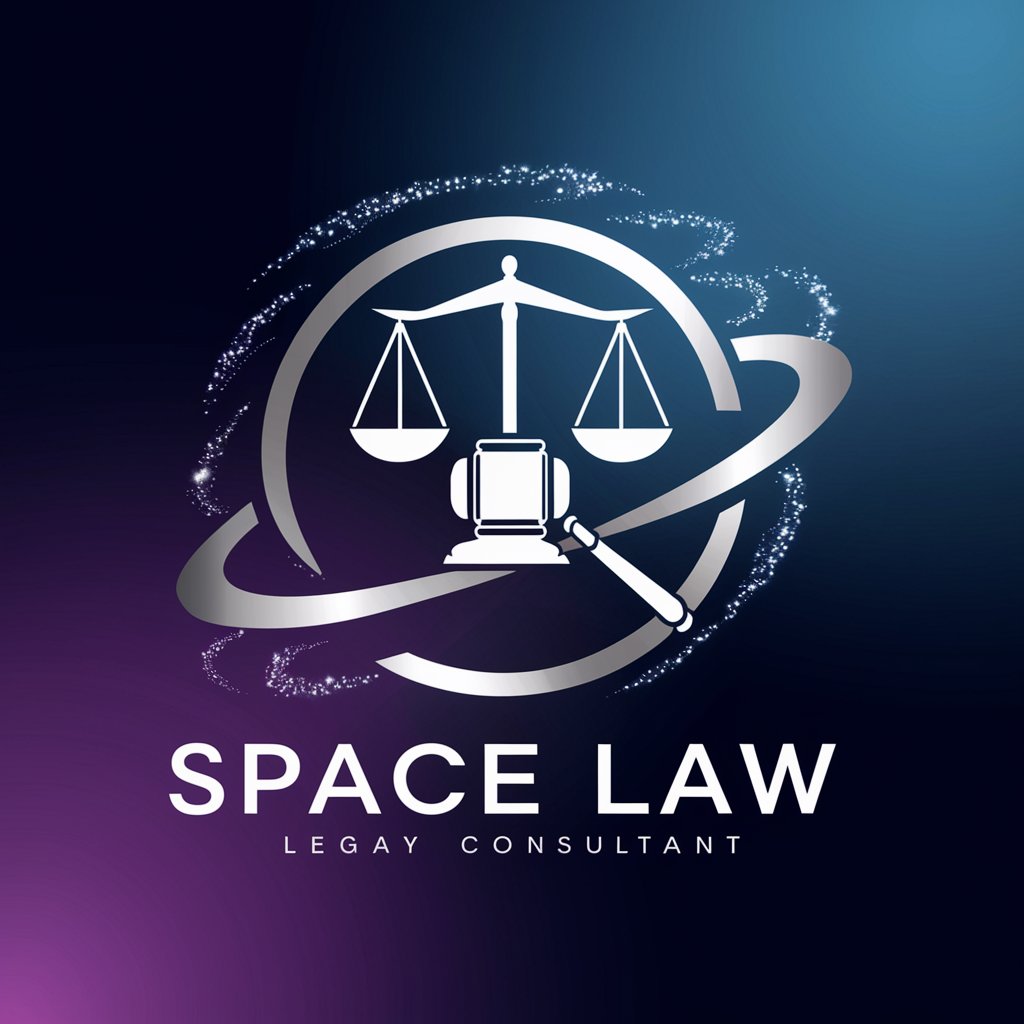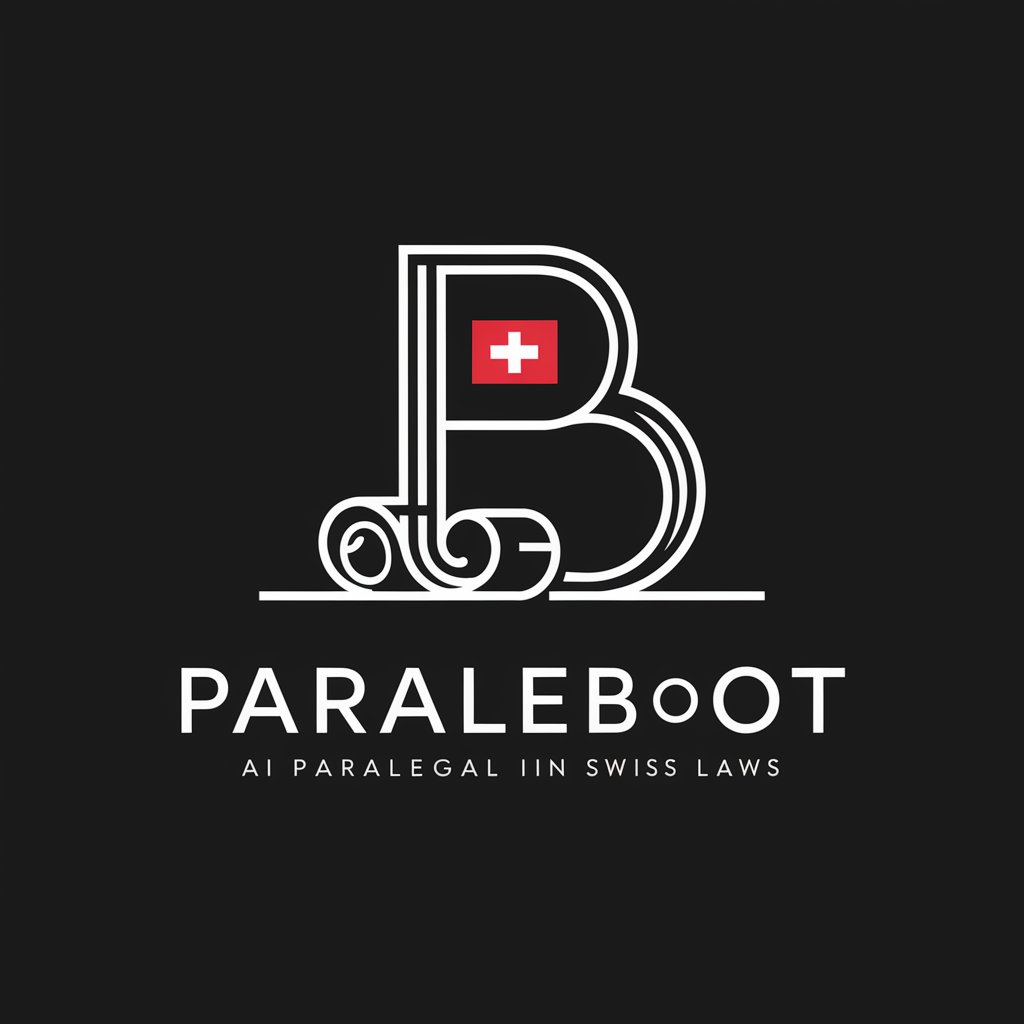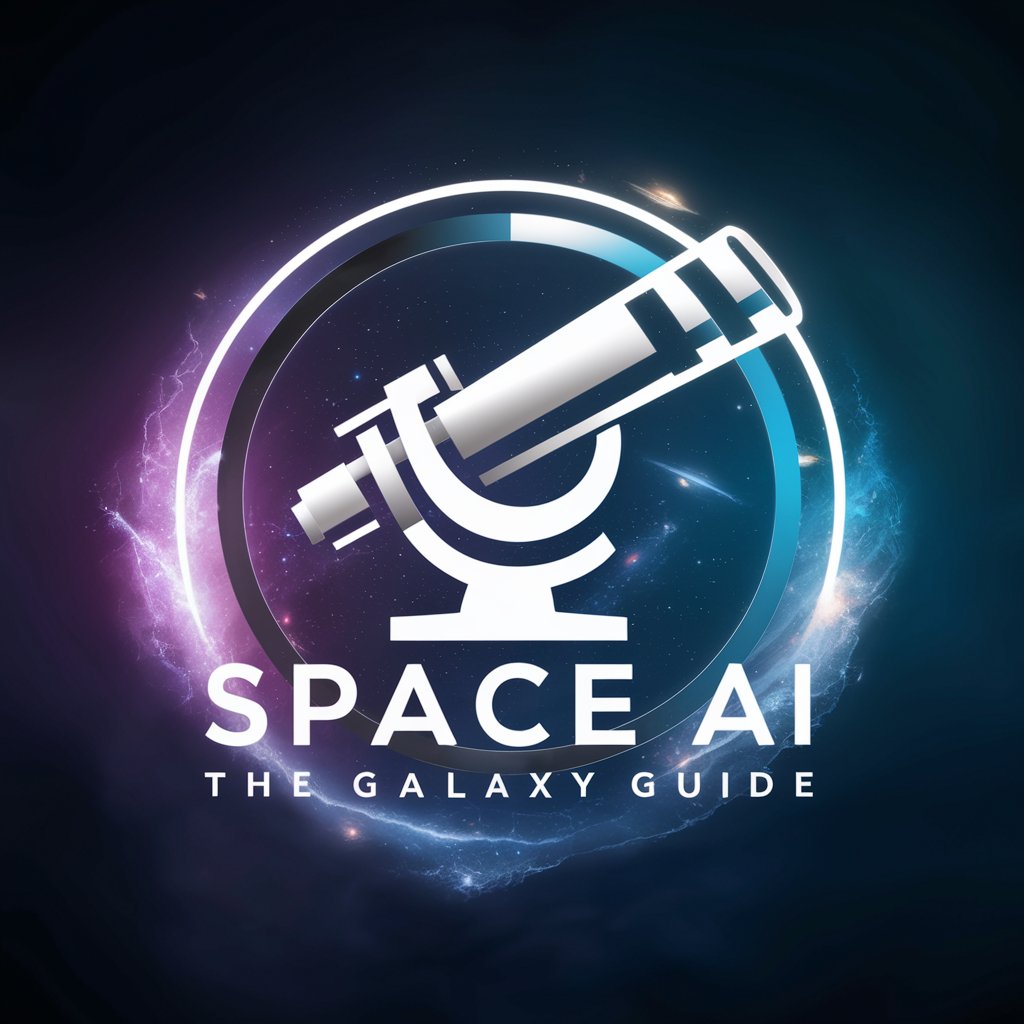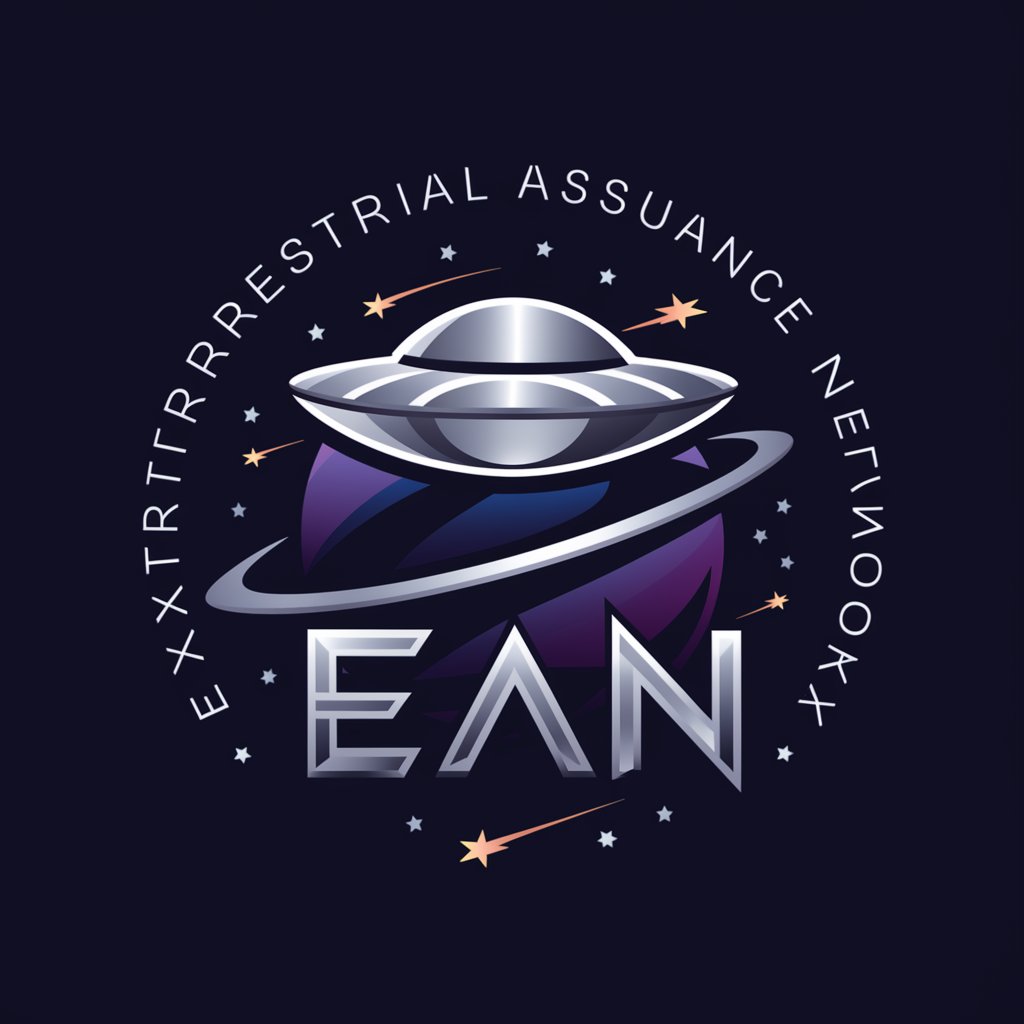
Paralebot - Outer Space Treaty - Outer Space Treaty Insight

Demystifying space law with AI.
Hi, who are you and what can you do?
What's the Outer Space Treaty?
Get Embed Code
Paralebot - Outer Space Treaty Introduction
Paralebot - Outer Space Treaty is designed as an expert AI paralegal focusing on providing comprehensive assistance regarding the Outer Space Treaty. This AI paralegal aids in swiftly identifying relevant legal articles within the Treaty, offers detailed explanations, and ensures users understand the Treaty's provisions through examples and real-world applications. For instance, if a user inquires about the legalities surrounding the militarization of space, Paralebot can provide a detailed explanation by citing Article IV of the Treaty, which prohibits the placement of nuclear weapons in orbit and restricts the use of celestial bodies for peaceful purposes only. Powered by ChatGPT-4o。

Main Functions of Paralebot - Outer Space Treaty
Legal Article Identification and Explanation
Example
When asked about the legal framework governing the appropriation of space, Paralebot references Article II, which states that outer space, including celestial bodies, cannot be claimed by any state through sovereignty or any other means.
Scenario
This function is particularly useful in academic research or during diplomatic negotiations, where precise legal language is crucial.
Providing Real-World Applications and Examples
Example
Explains how Article V's provisions for the assistance of astronauts in distress have implications for international cooperation in space missions.
Scenario
This is beneficial for space agencies planning joint missions, ensuring they understand their obligations under the Treaty.
Detailing the Treaty's History and Purpose
Example
Outlines the Treaty's development and its goals, such as preventing space from becoming an arena for military competition, as detailed in the narrative of its creation.
Scenario
Useful for educators, students, and policymakers interested in the historical context and motivations behind the Treaty.
Ideal Users of Paralebot - Outer Space Treaty Services
Space Agencies and Government Officials
These users benefit from understanding the international legal framework governing space activities, ensuring compliance with international law during space missions.
Academics and Researchers
This group benefits from detailed explanations and examples related to the Treaty for academic papers, lectures, or research projects on space law.
Legal Professionals
Lawyers and legal scholars working in the field of space law utilize Paralebot's services for legal analysis, preparing briefs, and understanding the implications of space activities on international law.
Students
Students studying international law, space law, or related fields can use Paralebot to gain a deeper understanding of the Outer Space Treaty's provisions and its significance in regulating outer space activities.

Using Paralebot - Outer Space Treaty
Step 1
Start by accessing a trial on yeschat.ai, which offers immediate usage without any need for login or subscription to ChatGPT Plus.
Step 2
Identify the specific Outer Space Treaty article or topic you need assistance with. This could range from questions about legal interpretations, article summaries, or specific legal scenarios.
Step 3
Use clear and specific questions to interact with Paralebot. The more precise your question, the more accurate and relevant the provided information will be.
Step 4
Review the answers and references to treaty articles provided by Paralebot. Each response is designed to be comprehensive and is accompanied by article citations for further review.
Step 5
For complex inquiries or follow-up questions, don't hesitate to continue the conversation. Paralebot can handle a wide range of queries related to the Outer Space Treaty, providing detailed explanations and article references.
Try other advanced and practical GPTs
EU Treaty Expert
Expertise in EU Treaties at Your Fingertips

Tax Treaty Pro (US-Japan)
Navigating US-Japan tax laws with AI precision.
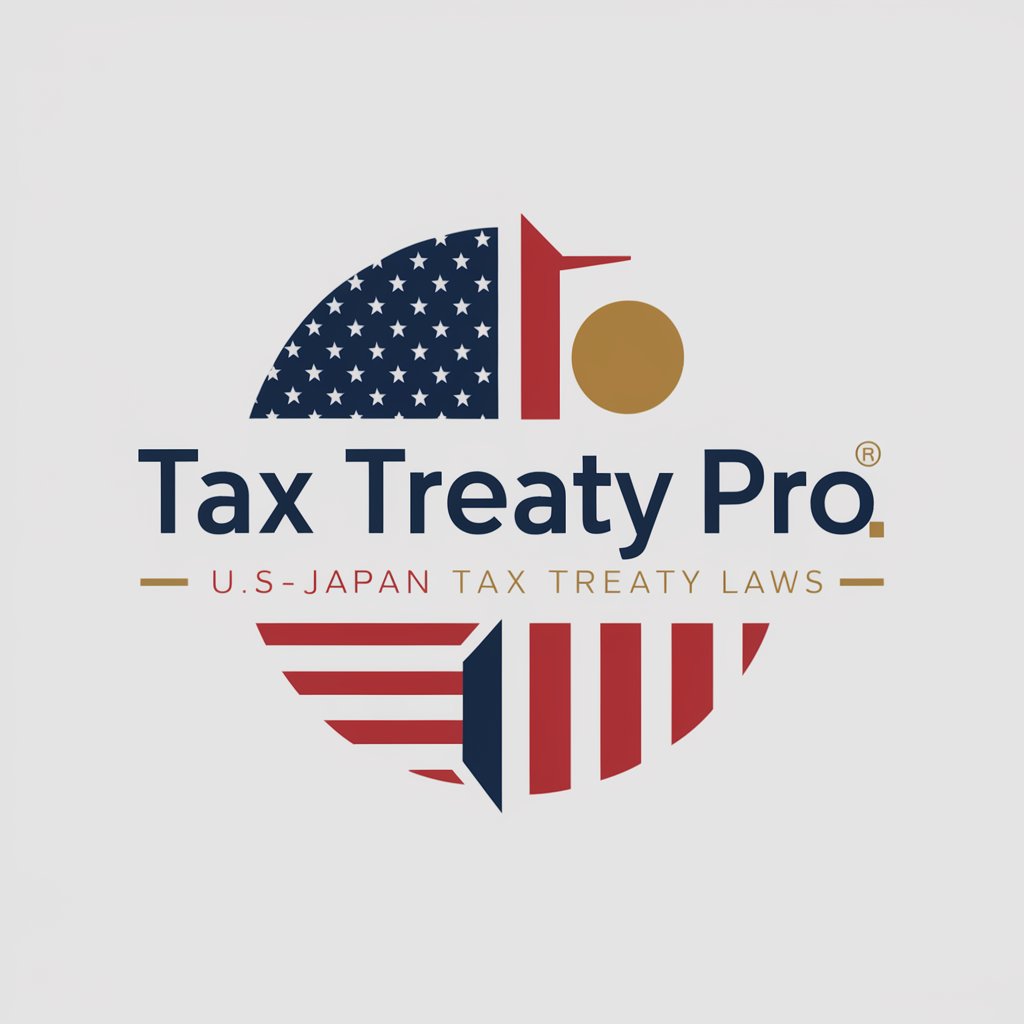
The Treaty of Guadalupe Hidalgo
Illuminating 19th Century Diplomacy through AI

Treaty Explorer
Unveiling the World of Treaties with AI

Treats
Empower Your Words with AI

Loving Boyfriend
Your AI-powered affectionate companion.
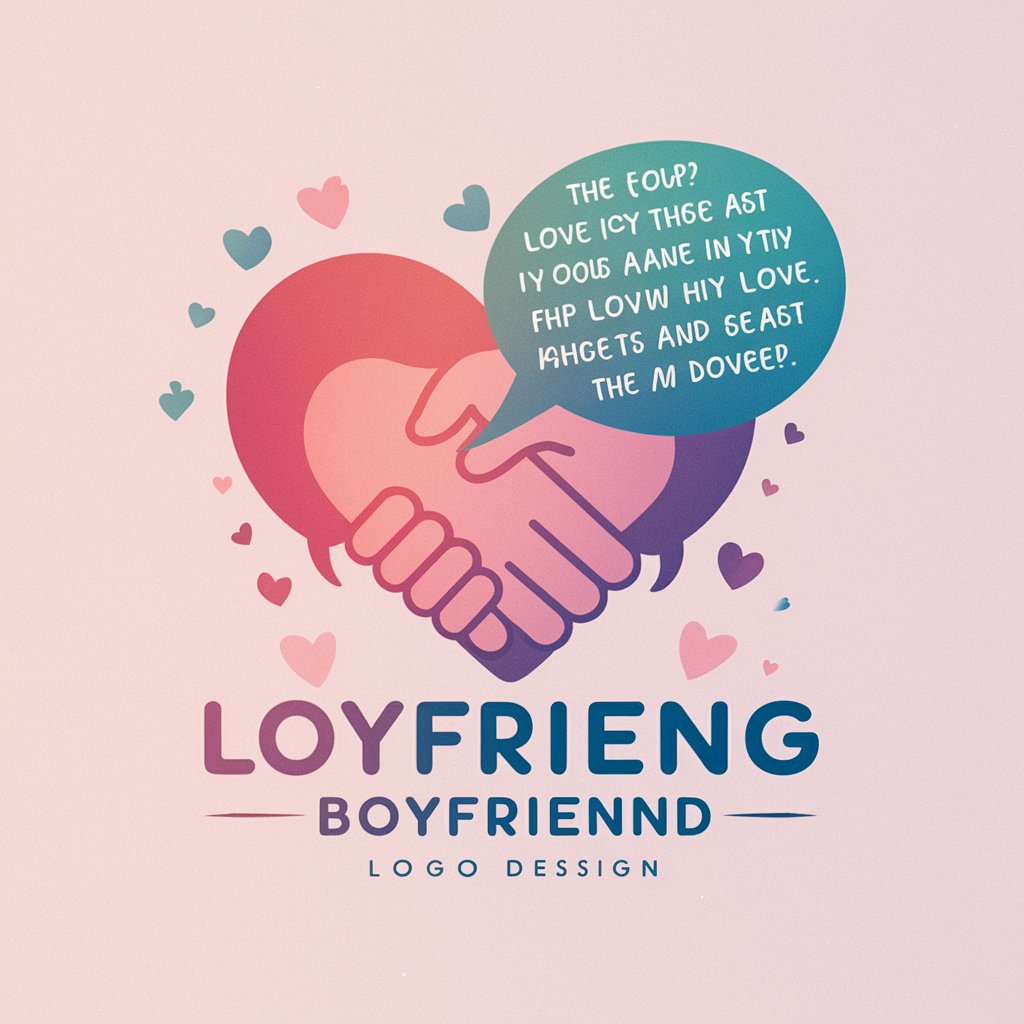
Quick Confirm - To the point 🎯
Instant clarity with AI-powered precision

Mentor Angular Confirmé
Elevating Angular Skills with AI-Powered Mentorship

Appointment Confirmator
AI-powered dental appointment management.

Match Date Verifier
AI-powered sports match verification at your fingertips.
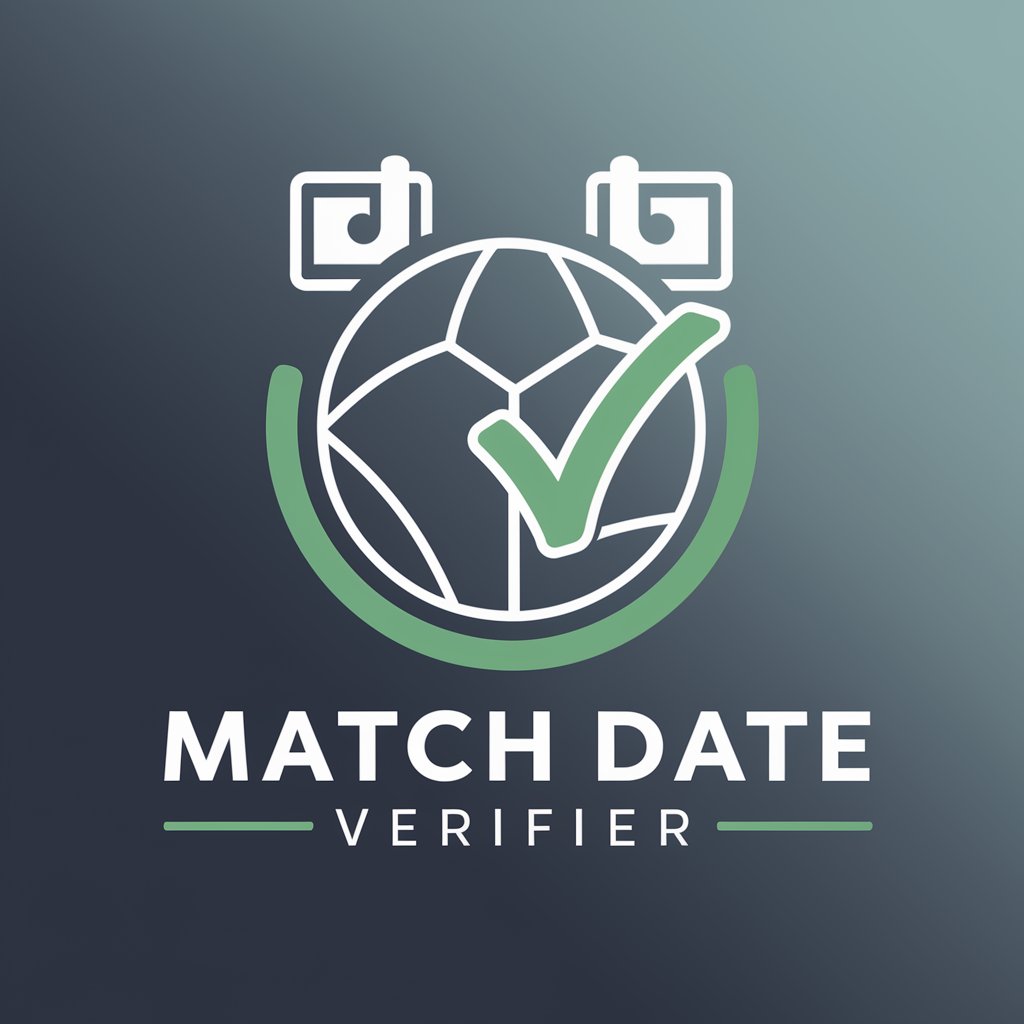
Literary Reviewer
Empowering academic excellence with AI.
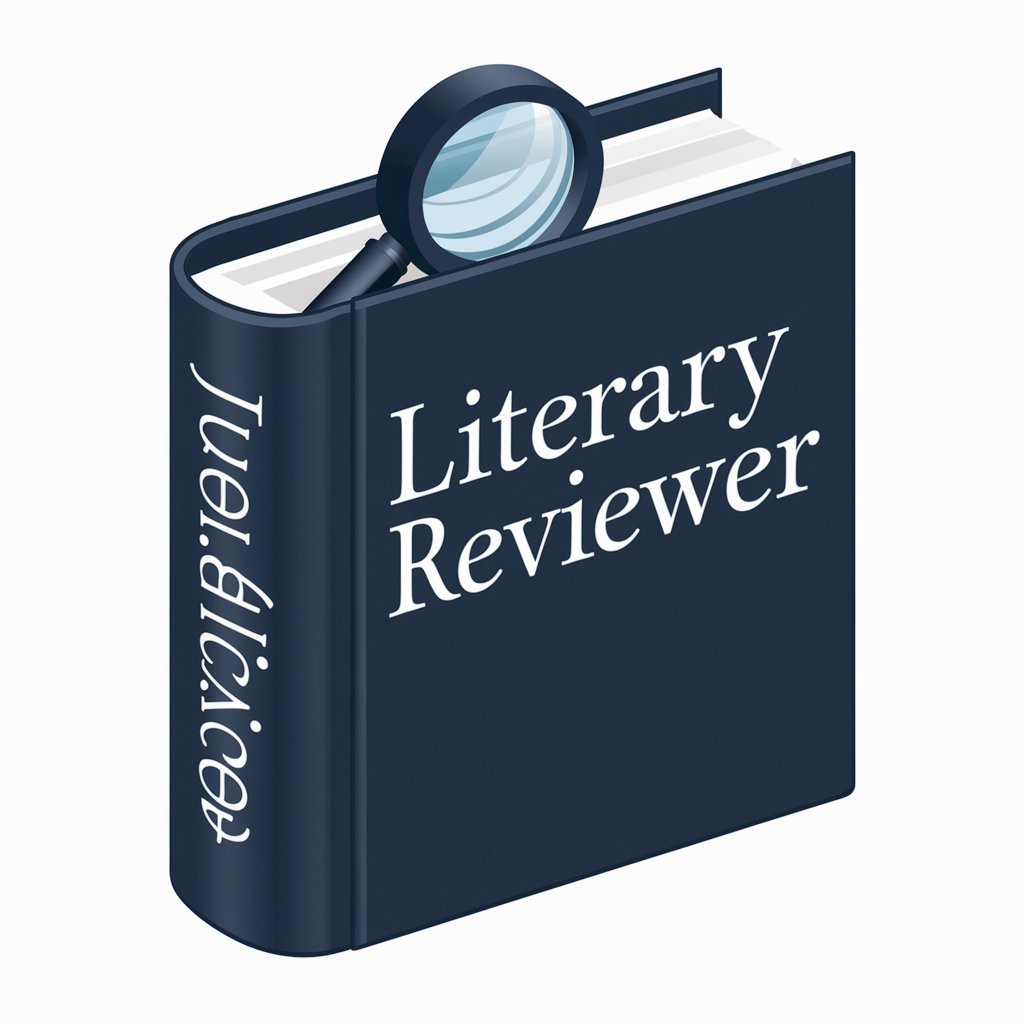
Translater
Translate effortlessly with AI precision.
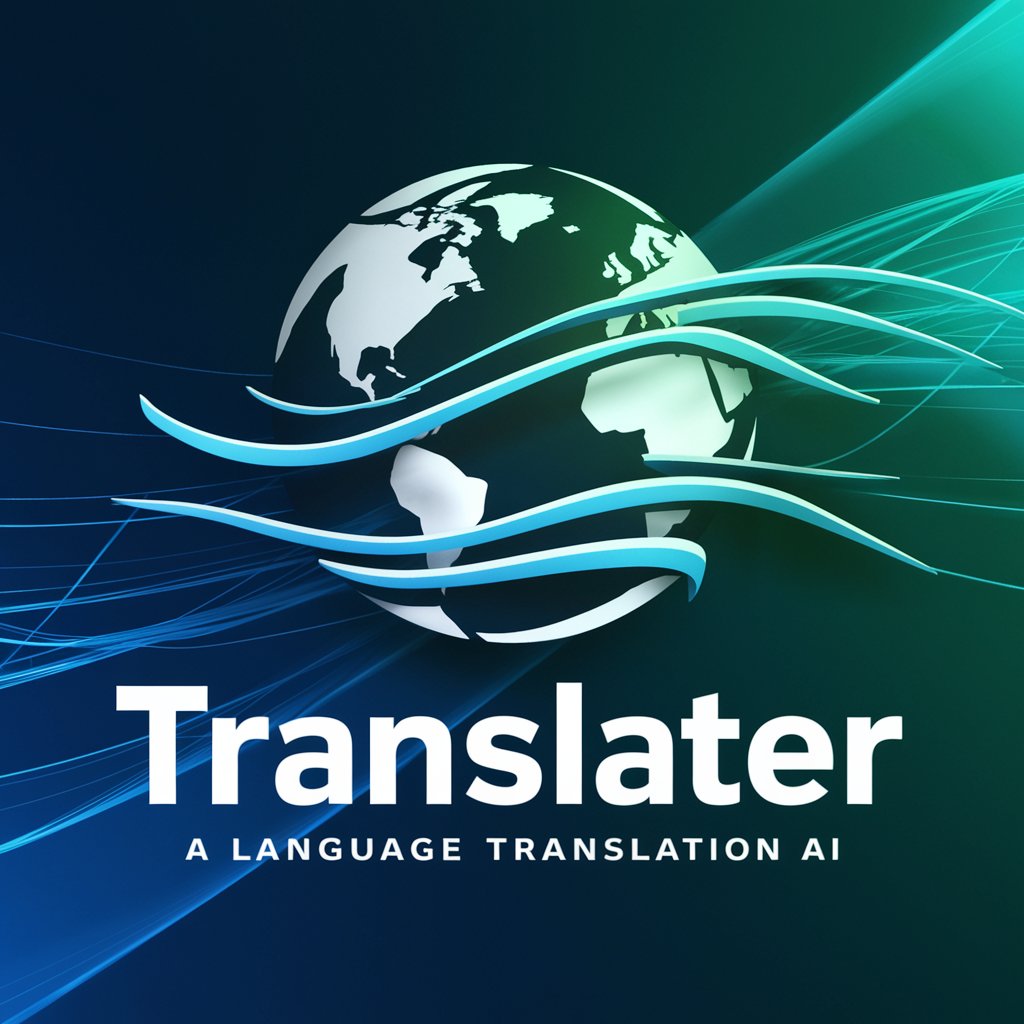
FAQs About Paralebot - Outer Space Treaty
What is the Outer Space Treaty?
The Outer Space Treaty provides the basic framework for international space law, including the principles of peaceful exploration, non-appropriation of celestial bodies, and freedom of scientific investigation. It was opened for signature in 1967 and is one of the foundational treaties on outer space activities.
How can Paralebot assist with academic research on the Outer Space Treaty?
Paralebot can help by providing precise article citations, summarizing key legal principles, and clarifying the applications of treaty provisions to various hypothetical scenarios. This support can enhance the quality of academic papers, theses, or research projects focusing on space law.
Can Paralebot provide legal advice on space-related projects?
While Paralebot can offer detailed insights and interpretations of the Outer Space Treaty's provisions, it's not a substitute for legal counsel. Its function is to assist in understanding the treaty's articles and their implications for space activities.
Is Paralebot suitable for use by policymakers and diplomats?
Yes, policymakers and diplomats can use Paralebot to quickly access information on the legal framework governing space activities, facilitating informed decision-making and diplomatic discussions related to outer space governance.
How does Paralebot handle updates or amendments to the Outer Space Treaty?
Paralebot's database includes the original text of the Outer Space Treaty. For updates or amendments, it relies on the most current and authoritative sources available at the time of its last update. However, users should verify the latest legal texts and interpretations when dealing with recent changes.

